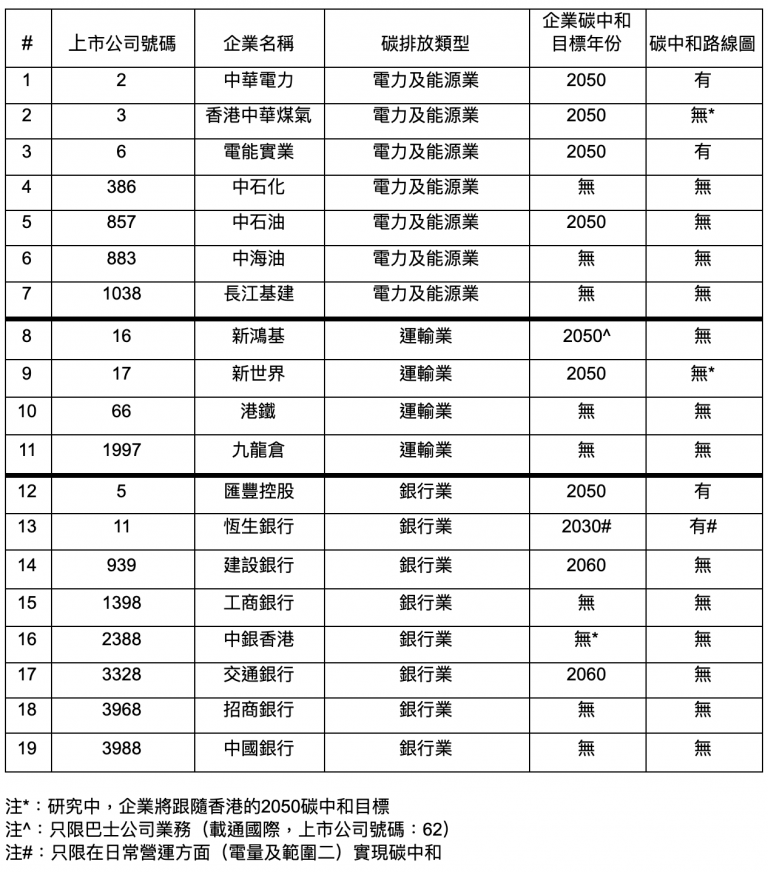Why Hong Kong’s Electric Vehicle Plan Isn’t Enough To Hit Carbon Neutrality Goals
 03 Apr 2021
03 Apr 2021
- Category
- Keywords

The scope of the government’s plan to promote electric vehicles is too narrow and focuses on private vehicles while leaving out buses and trucks
It is deeply disappointing that the Environment Bureau is still unable to recommend a policy direction for greening commercial vehicles after numerous trials
(03 Apr 2021 SCMP) If Hong Kong is to meet its carbon neutrality goal by 2050 and improve roadside air quality, the new road map on the popularisation of electric vehicles recently unveiled by the Environment Bureau seems unlikely to help.
The scope of the plan is narrow, covering private cars but leaving out commercial vehicles, such as buses and trucks. These are set to undergo more trials for another four years or so before any policy measures will be proposed.
Yet, since 2011, the government’s Pilot Green Transport Fund has subsidised the transport trade and non-profit organisations in testing green transport technologies that meet goals similar to the road map. Last year, the government injected another HK$800 million (US$103 million) into the fund and renamed it the New Energy Transport Fund.
The fund has spent HK$166 million on 210 trials of green technologies in the last 10 years, covering almost all types of transport including buses, light buses, light and medium goods vehicles and taxis. However, the Environment Bureau is still unable to recommend even a policy direction for greening commercial vehicles based on all those tests. This is deeply disappointing and might warrant an investigation by the Audit Commission as to what has gone wrong.
Technologies for low- or zero-emission transport for private cars and commercial vehicles have advanced rapidly in the last decade or so, from battery storage capacity to instant electrical power generated by fuel cells to hydrogen-fuelled combustion engines. Last October, the first 10 fully electric double-decker buses started operating in Singapore, which has hot and humid weather similar to Hong Kong. Singapore also plans to build 28,000 charging points by 2030 for the transition to electric vehicles.
London had 68 battery-powered electric double-decker buses in 2019, the largest zero-emission double-decker bus fleet in Europe. Since then, the number has grown to 316. In addition, the world’s first fleet of hydrogen fuel cell double-decker buses started operating on the streets of Aberdeen in Scotland this January and will be expanded to other major cities.
Automobile giants have become excited about the huge potential for zero-emission vehicles. They are selling their zero-emission private cars, buses and trucks all over the world into a rapidly expanding market as multinational corporations and countries pledge to become carbon-neutral by 2050 or earlier as part of their commitment to the Paris climate agreement.
The US electric vehicle giant Tesla has gone beyond private vehicles to develop heavy-duty electric trucks for the transport trade. Last year, the company claimed its Semi truck could achieve a driving range of 1,000 kilometres with a total vehicle load of 40 tonnes.
In Asia, Hyundai has developed the world’s first mass-produced hydrogen fuel cell heavy-duty trucks with a driving range of about 400km, and 50 of them were delivered to Switzerland last year. Big brands such as Toyota, Honda, Daimler and Volvo have all invested in developing hydrogen fuel cell systems for medium or heavy-duty trucks to meet the rising demand for zero-emission transport.
Clearly there are proven green technologies available for different kinds of vehicles apart from private cars. Forward-looking governments have invested or offered subsidies for decarbonising transport while at the same time guiding their pandemic-crushed economies towards recovering in a sustainable manner.
Before the Covid-19 pandemic, Hong Kong officials visited several advanced economies to learn about the latest green technologies and policies. The question now is what they learned from those visits and why such knowledge has not been applied to greening trucks, buses, taxis and so on in Hong Kong.
A key policy of the new road map is to stop issuing licences for conventional internal combustion engine private cars, including hybrid cars, by 2035 or earlier. According to the 2020 air quality monitoring results, commercial vehicles including trucks and franchised buses accounted for more than 90 per cent of total nitrogen oxide emitted from all vehicles.
Nitrogen dioxide is a major roadside air pollutant, but if commercial vehicles account for more than 90 per cent of it, that means private vehicles make up less than 10 per cent. Even so, the road map focuses only on private vehicles, which cannot possibly achieve its two main goals.
To achieve Hong Kong’s goal of carbon neutrality, transforming the city’s transport to electric-powered vehicles is just one step. The administration should simultaneously convert the city’s fossil-fuel energy sources to zero-carbon renewable sources.
Edwin Lau
Executive Director, The Green Earth
03 Apr 2021 SCMP

 EN
EN Green Education Programme
Green Education Programme

 Back
Back
 21 Nov 2021
21 Nov 2021


